Black History, Publishing
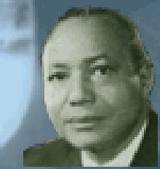
Robert H. Sengstacke
Sengstacke was born November 25, 1912, in Savannah, Georgia. He was singled out by his uncle, Robert S. Abbott, publisher of The Chicago Defender, and trained as his successor. Abbott financed his nephew’s education at Hampton Institute, where he graduated in 1934.
Abbott also subsidized his studies at the Mergenthaler Linotype School, The Chicago School of Printing, Northwestern University, and Ohio State University. In 1934 Sengstacke became Vice President and General Manager of The Robert S. Abbott Publishing Company, and served as its president, following Robert S. Abbott’s death in 1940. (more…)
Black History, Inventions

Claude Harvard
Claude Harvard developed an automated piston pin inspection machine, which could clean the surface of automobile pistons to 1/10,000 of an inch and checked the surfaces with a magnetic pick-up. The device also checked whether or the not the piston had the proper hardness and the overlength and diameter of the grooves.
Claude Harvard was born on March 11, 1911 in Dublin, Georgia. He attended Telfair School, which was then located on Pritchett Street. His teacher and school principal Susie White Dasher was more than proud of Claude. Mrs. Dasher related that he was a mathematical wizard and was always at the top of his class.
(more…)
Black History, Entertainment
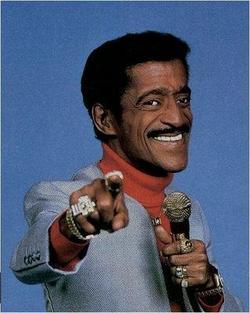
Sammie Davis Jr.
1925 to 1990. In the over hyped world of popular music music, there are legends, and then there are Legends with a capital L. There’s no doubting which category Sammy Davis Jr falls into. For a staggering 60 years, from his debut as a four year old child star in the late 1920’s to his untimely death in 1990 at the age of 64, he more than justified his title of ‘Mr Entertainment’ and when he wasn’t inspiring headlines on stage he was making news of it, as a founder member of the Rat Pack with fellow superstars Frank Sinatra and Dean Martin.
He owed his early start to his parents, vaudeville star Sammy Davis Sr and Puerto Rican ‘Baby Sanchez, who performed with the youngsters adopted uncle, Will Mastin, in his act ‘Holiday In Dixieland’. But Sammy Jr soon became the star of the show as the newly rechristened ‘Will Mastin’s Gang, Featuring Little Sammy’ acknowledged. When the authorities forbade him to appear, so legend has it his father shrugged his shoulders, gave his son a rubber cigar and billed him as a ‘dancing midget’. (more…)
Black History, Medicine
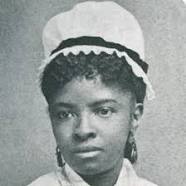
Mary Eliza Mahoney
Mary Eliza Mahoney was the first African American nurse to study and work professionally in the United States. She was also a co-founder of the National Association of Colored Graduate Nurses (NACGN) with Adah B. Thoms.
Mahoney was born in Dorchester, Massachusetts in 1845 (her exact birthday is unknown), to Charles and Mary Jane Sterwart Mahoney. She grew up with her parents, a sister and one brother in Boston, Massachusetts where her interest in nursing began as a teenager. (more…)

Black History, Firsts, Government
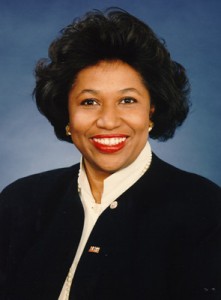
Carol Moseley-Braun
The first African-American woman Senator, Carol Moseley-Braun was also only the second black Senator since the Reconstruction Era. “I cannot escape the fact that I come to the Senate as a symbol of hope and change,” Moseley-Braun said shortly after being sworn in to office in 1993. “Nor would I want to, because my presence in and of itself will change the U.S. Senate.” During her single term in office, Senator Moseley-Braun advocated for civil rights issues and for legislation on crime, education, and families.
Carol Moseley was born in Chicago, Illinois, on August 16, 1947. Her parents, Joseph Moseley, a policeman, and her mother, Edna (Davie) Moseley, a medical technician, divorced in 1963. The oldest of the four Moseley children in a middle-class family, Carol graduated from Parker High School in Chicago and earned a B.A. in political science from the University of Illinois in 1969. (more…)
Black History, Slavery
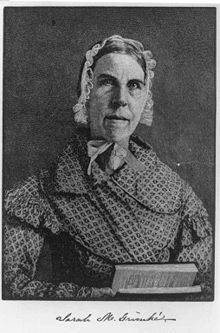
Sarah Moore Grimké
Sarah Grimke, along with her sister Angelina, were the first women in the United States to publicly argue for the abolition of slavery. Cultured and well educated, Sarah had gone north from South Carolina with her sister with firsthand knowledge of the condition of the slaves. In 1836 Angelina wrote a lengthy address urging all women to actively work to free blacks.
The sisters’ lectures elicited violent criticism because it was considered altogether improper for women to speak out on political issues. This made them acutely aware of their own oppression as women, which they soon began to address along with abolitionism. A severe split developed in the abolition movement, with some antislavery people arguing that it was the “Negro’s hour and women would have to wait.” (more…)





